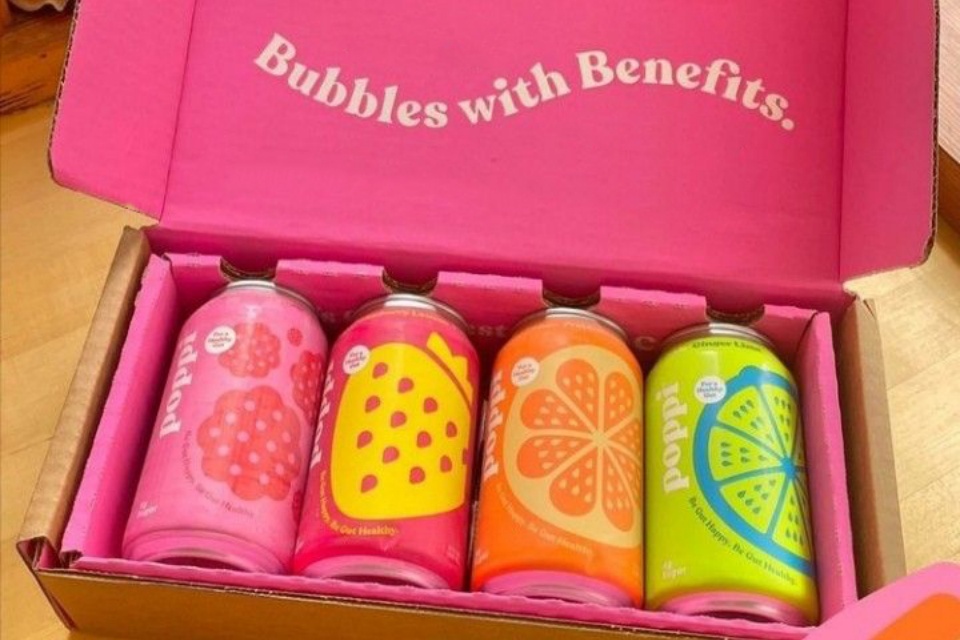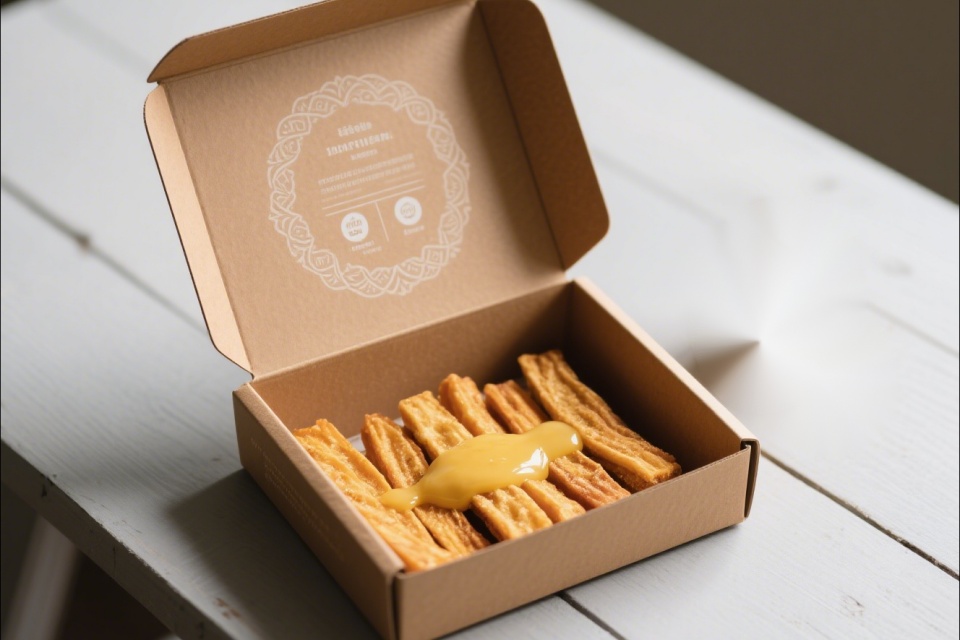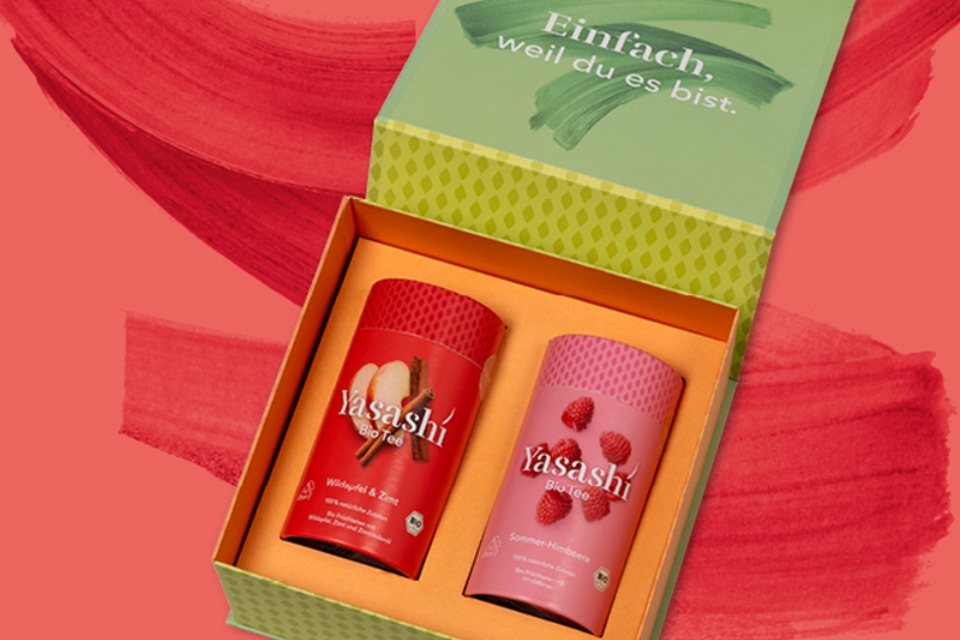Industry News
Food Packaging Design Trends
Food Packaging Design Trends
Summary
Food packaging design trends encapsulate the evolving aesthetics, functionalities, and consumer engagement strategies within the food industry, reflecting cultural influences and historical milestones. From its early days of preservation techniques to the intricate branding of modern products, food packaging has transitioned from a purely practical necessity to a dynamic medium that combines artistry with marketing strategy. The contemporary landscape showcases a rich tapestry of design movements, including minimalist and maximalist aesthetics, eco-friendly materials, and nostalgic vintage elements, each vying for consumer attention and emotional connection.
One notable trend is the resurgence of vintage-inspired designs that evoke nostalgia, using retro typography and classic color palettes to resonate emotionally with consumers. This blending of historical aesthetics with modern graphics allows brands to differentiate themselves in a crowded marketplace while fostering a sense of familiarity and trust. Furthermore, the integration of interactive and intelligent packaging technologies, such as QR codes and augmented reality, enhances consumer engagement by offering additional information and creating a unique shopping experience, reflecting the industry's move towards digital innovation.
The growing emphasis on sustainability also marks a significant shift in food packaging design. As consumers increasingly prioritize eco-conscious choices, brands are adopting environmentally friendly materials and practices, thereby aligning themselves with the ethical expectations of today's consumers. This transition is not only a response to market demands but also a crucial step in reducing the industry's environmental footprint, highlighting sustainability as a central pillar of modern packaging strategies.
In summary, food packaging design trends represent a confluence of art, technology, and consumer values, continually adapting to reflect societal changes and preferences. As the industry navigates these diverse influences, it becomes clear that the future of food packaging will be defined by a commitment to sustainability, innovative technologies, and a deep understanding of consumer psychology, making it a vital component of the food marketing landscape.
Historical Context
The evolution of food packaging design has been significantly influenced by historical milestones and cultural trends throughout the centuries. Early methods of food preservation, such as drying, date back to 12,000 BC in Middle Eastern and Oriental cultures, showcasing the long-standing necessity for protecting food products from spoilage and the elements. As time progressed, notable innovations emerged, including the invention of canning by Nicolas Appert in 1805, who is recognized as the 'Father of Canning'. This pivotal advancement laid the groundwork for modern packaging techniques, emphasizing the importance of food safety and longevity.
Throughout the 20th century, packaging design began to adopt more artistic and branding-focused approaches. Initially, the design emphasized aesthetics, featuring symmetry, order, and balance, which resonated with consumers of that era. As consumer culture evolved, so did the strategies employed by marketers. By leveraging nostalgia through retro packaging and branding, food marketers aimed to forge deeper emotional connections with consumers, evoking feelings of nostalgia and cultural pride in their products. This trend capitalized on the power of vintage design elements, as modern brands sought to recreate the charm of bygone eras while incorporating contemporary sustainability practices.
The rise of minimalist design in the early 2000s further marked a shift in packaging aesthetics, moving towards simplicity and clarity. This approach was not merely about reducing visual clutter but also about enhancing product visibility and brand identity. In 2023, trends in food packaging have continued to evolve, embracing sustainability and personalized designs, while still drawing inspiration from historical motifs and patterns. The integration of technology into packaging, such as QR codes and augmented reality, has also begun to shape the future landscape of food packaging design.
Modern Graphic Trends in Food Packaging
Modern graphic trends in food packaging reflect a dynamic interplay between aesthetics, functionality, and consumer engagement. As brands strive to capture attention and convey their identity, several key design trends have emerged that shape contemporary food packaging.
Bold Typography
One of the standout characteristics of recent packaging design is the use of bold typography. This trend emphasizes clear and eye-catching characters that effectively communicate product information, making it easier for consumers to read labels from a distance. Bold fonts are particularly effective for products like oils, condiments, and beverages, where the typography not only enhances visibility but also establishes a strong brand presence on store shelves.
Interactive and Intelligent Packaging
The rise of interactive packaging has transformed consumer engagement by allowing individuals to connect with products in meaningful ways. This includes smart packaging solutions that incorporate technology, such as QR codes, enabling consumers to access digital content, track product authenticity, and gain insights into sustainability efforts. Reports indicate that the market for interactive packaging is expected to grow significantly, with projections estimating a compound annual growth rate of 8.3% by 2032.
Minimalism and Maximalism
While minimalism has long been favored in specialty food packaging design for its clean and sophisticated aesthetic, there is a growing shift towards maximalism, characterized by vibrant colors and bold shapes. This dynamic approach injects energy into supermarket displays, making products stand out in crowded environments. The minimalist trend, when combined with stylized illustrations, remains effective by prioritizing clarity and communication without unnecessary complexities.
Eco-Friendly and Sustainable Designs
In response to increasing environmental concerns, the food packaging industry is embracing sustainable practices. Green packaging utilizes eco-friendly materials such as recyclable or biodegradable substances, addressing the growing demand for environmentally conscious options. Brands that prioritize sustainable packaging solutions not only reduce landfill waste but also resonate with consumers seeking to align their purchases with their values.
Vintage Inspirations
Despite the focus on modern trends, vintage aesthetics continue to endure, adding a layer of nostalgia to contemporary packaging designs. This trend often incorporates retro motifs and patterns that evoke a sense of familiarity while appealing to consumers' emotions. By blending nostalgic elements with modern graphics, brands can create a compelling narrative that enhances the overall shopping experience.
Illustrative Elements and Patterns
Illustrative elements play a crucial role in enhancing the visual storytelling of food packaging. Thoughtfully integrated illustrations can evoke emotions and create a memorable connection with consumers, enriching the overall design without overshadowing the product itself. Additionally, the use of distinct patterns, whether geometric or nature-inspired, adds character and vibrancy, contributing to a product's unique identity and appeal.
Vintage Inspiration in Food Packaging
Vintage-inspired food packaging has seen a resurgence in popularity, driven by a collective nostalgia and an appreciation for the aesthetics of bygone eras. This trend encapsulates the charm and allure of past design movements, effectively blending style with functionality to create memorable consumer experiences.
Characteristics of Vintage Packaging
Vintage food packaging often features distinctive elements that evoke a sense of nostalgia. One hallmark of this style is the use of typography, which frequently incorporates ornate scripts and bold serif fonts that recall early advertising designs. These fonts not only serve to convey information but also contribute to the overall aesthetic, fostering an emotional connection with consumers.
Color Palettes and Materials
The color choices in vintage packaging often draw from a palette of muted pastels and warm tones, such as dusty rose and sage green, which create an inviting and nostalgic atmosphere. Additionally, classic materials like kraft paper, tin cans, and glass bottles are commonly employed, enhancing the authentic feel of the packaging. These materials evoke a sense of quality and craftsmanship that many modern consumers find appealing.
The Role of Illustrations
Illustrations play a pivotal role in vintage packaging design, as they catch the consumer's eye and add character to the product. Retro illustrations may include whimsical mascots or nostalgic imagery that resonates with the target audience, thus enhancing the overall branding. This visual storytelling not only captures attention but also encourages consumers to engage with the product on a deeper level.
Nostalgia as a Marketing Tool
Brands are increasingly leveraging vintage aesthetics to establish timeless branding that resonates in today's market. This strategy not only differentiates products from minimalist modern designs but also connects with consumers on an emotional level, invoking memories and sentiments associated with the past. The tactile experience offered by vintage-inspired packaging—through elements like embossing and unique textures—further enhances consumer interaction, making the act of unboxing a memorable occasion.
Beyond Trends
As the landscape of food packaging continues to evolve, the focus extends beyond current trends to encompass a broader vision for the future of packaging design. This encompasses sustainability, technological advancements, and consumer-centric strategies that together define the next era of food packaging.
Sustainability as a Central Pillar
Sustainability has emerged as a critical component in food packaging design. Informed consumers increasingly demand packaging that is eco-friendly, recyclable, and biodegradable, prompting manufacturers to innovate with materials that minimize environmental impact. As brands transition towards sustainable solutions, they are adopting practices that reduce waste and energy consumption during production, aligning with consumer values and environmental initiatives. This shift is not merely a trend but an ethical imperative as brands strive to create a positive relationship with the environment, promoting closed-loop recycling and the use of post-consumer materials.
Technological Integration
Advancements in technology play a significant role in shaping the future of food packaging. The incorporation of smart packaging features, such as QR codes and NFC tags, facilitates interactive consumer experiences and enhances product information accessibility. These technologies are transforming packaging into a platform for marketing and customer engagement, allowing brands to communicate their value propositions directly to consumers. Furthermore, the rise of intelligent packaging solutions ensures food safety and freshness, addressing the demands for quality in modern food products.
E-Commerce and Customization
The growth of e-commerce has also influenced food packaging strategies. With the increasing importance of online shopping, packaging design must cater to both retail and digital environments. Brands are leveraging digital printing techniques to create customized packaging that stands out in a crowded marketplace, appealing to consumer preferences for personalization and uniqueness. This adaptability not only enhances brand identity but also addresses the demand for quick-to-market solutions that can respond to shifting consumer trends effectively.
Case Studies
Overview of Case Studies in Packaging Design
The exploration of food packaging design trends is enhanced by various case studies that showcase the creative processes and outcomes associated with effective branding and packaging strategies. These case studies serve not only as a portfolio of successful designs but also as a demonstration of how visual elements influence consumer behavior and brand perception.
Notable Examples
Nestle Sweet Success
One standout example in the realm of food packaging design is the "Sweet Success" product line by Nestle, which focuses on chocolate beverages aimed at weight loss. The case study provides a comprehensive view of the product's packaging evolution, illustrating the transition from initial rough sketches to the final, aesthetically pleasing product display. The thoughtful design choices made throughout this process reflect Nestle's intention to appeal to consumers looking for both health and indulgence.
Pritikin for Quaker Oats
Another noteworthy case is the Pritikin product line developed for Quaker Oats, which aimed to create a healthy food line that would be visually compelling on store shelves. Despite its intriguing design, the product did not achieve widespread market presence, showcasing the challenges that can arise even with strong branding efforts. The case study highlights the importance of not only design but also market dynamics in determining a product's success.
Insights from the Studies
The compilation of 38 case studies in the book "Package Design and Brand Identity" underscores the variety of approaches used in the packaging design sector. Each case study spans several pages and is rich with vibrant imagery that captures both the aesthetic appeal and functional aspects of packaging. The studies reveal the complexity involved in designing effective packaging, offering insights into the research methodologies and design philosophies that guide successful projects. Additionally, they illustrate the significant role that nostalgia and vintage elements play in modern packaging design, as many brands leverage retro aesthetics to connect emotionally with consumers.
Trends Observed
From these case studies, several key trends emerge, including a focus on minimalism, personalization, and eco-friendly design. The ongoing shift towards transparent packaging and the incorporation of technology further reflect the evolving consumer preferences and market demands. Overall, these case studies not only highlight successful strategies but also serve as valuable learning tools for designers and marketers in the food industry.
Categories
Latest News
Contact Us
Contact: Aaron Lee
Phone: +8613570866244
Tel: +8675529490260
Add: Li Songlang 2nd Industrial Zone,No.18,FengTang Rd,Guangming New District


